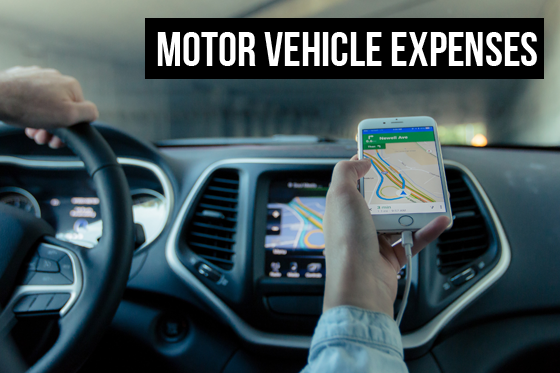As a freelancer or self-employed worker, it is often important to cut down on costs whenever possible. If you run your own business, there are many expenses you may not be claiming against tax. Find out if you are making the most of your status by claiming the maximum from your expenses.
What types of expenses can I claim?
As a sole trader, the most common types of expenses you can claim include expenses related to working from home and motor vehicles.
Home office or working from home
If you are running your business out of your home, you can claim expenses related to hours worked as well as the costs of outfitting the space and purchasing the necessary equipment.

Working hours can be determined using a flat rate, also known as a ‘simplified expense’. According the recently updated HMRC guide, you can use a flat rate to determine your allowable amount if you work more than 25 hours a month from home.
Visit the Simplified Expenses Checker to figure out whether your hours can be claimed.
You can also claim portions of your bills including: utilities, maintenance costs, electricity, heating, phone bills, and broadband, among others. This is not included in the flat rate working hours, but should be based on the number of hours and rooms that are dedicated to running your business.
Motor vehicle
If a car or truck (or other motor vehicle) is part of your business activities, there are two different ways you can claim expenses.

You can choose to claim either a mileage allowance payment or the total cost to run the vehicle (known as the Actual Cost Method).
The mileage allowance allows for claiming up to 45p per mile for the first 10,000 miles. Over 10,000 miles, it is 25p per mile.
The Actual Cost Method allows for claiming a percentage on a broader range of expenses. These include Capital Allowances (pertaining to tax on the purchase price of the vehicle), insurance, maintenance, fuel, repairs, and more.
Costs that can be considered ‘wholly and exclusively’ for business purposes such as specific modifications, a navigation system, or signage for the vehicle, can be claimed for the full expense against tax.
Pre-trading expenses
Did you know that you can claim expenses up to seven years back? This means that if you had expenses related to starting your business, they can be claimed against tax. These are known as ‘pre-trading expenses’.
For example, if you had legal fees, construction costs, product development costs, or rental costs for equipment or office space, these can count towards pre-trading expenses.
Where VAT is concerned, if you paid VAT before you were registered, you can reclaim these amounts against tax if they were part of setting up your business.
These could include:
VAT on goods purchased within the last four years and have not been used for resale purposes
VAT paid on services within the last six months before the date you registered for VAT
Learn more about reporting VAT and whether you need to register on the HMRC site.
Capital and Annual Investment Allowances
Capital allowances are not always required to claim. Under some circumstances, it may actually be better to not claim capital allowances in order to have a lower tax bill.
The current annual investment allowance is £200,000, making it a great way to claim expenses involving equipment for your business.

Example
If you are a sole trader and your profits are £25,000, and you claim £20,000 on equipment (capital allowance), then your taxable profit is just £5,000.
However, your personal allowance is £11,000, so this would waste the £6,000 remainder of the personal allowance.
In this situation, it would therefore be better to claim a capital allowance of £14,000, making your taxable profit £11,000, and then claim your £11,000 personal allowance.
This would result in no tax. In the following year, you could then claim the £6,000 balance for the equipement as capital allowance.
Self Employed Freelancers save employers £6,000/year
The results of a recent survey conducted by one of the major websites for connecting freelancers with employers, indicate that by hiring a self employed freelancer as opposed to a full-time worker could save small businesses over £6,000 per annum!
With the rapidly growing number of freelancers in the UK (increasing at a rate of 3.5% per year), there are more talented workers available than ever before. At this rate, by 2020 it is predicted that half of the working population in the UK could be self employed.
Some of the central factors behind the impressive growth of self employment include cloud-based services and drastically improved and affordable computer applications.
